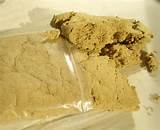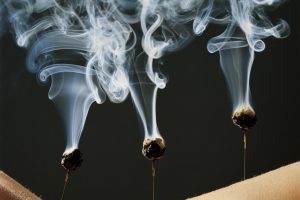
Terminology
The word moxibustion comes from Japanese mogusa (mugwort) (the u is not very strongly enunciated) blended with the Latin word combustio (burning), hence literally “burning of mugwort.” Yomogi (蓬) is the name of the herb in Japan. Chinese uses the same character as mogusa, but pronounced differently: ài, also called àiróng (艾絨, literally “velvet of ai”).
Theory and practice
Practitioners use moxa to warm regions and acupuncture points with the intention of stimulating circulation through the points and inducing a smoother flow of blood and qi. Moxibustion can warm cold and clear dampness in the body.
Moxibustion is especially effective in the treatment of chronic problems, “deficient conditions” (weakness), and gerontology.
Bian Que (fl. circa 500 BCE), one of the most famous semi-legendary doctors of Chinese antiquity and the first specialist in moxibustion, discussed the benefits of moxa over acupuncture in his classic work. He asserted that moxa could add new energy to the body and could treat both excess and deficient conditions.
There are several methods of Moxibustion. First, direct non-scarring, second, indirect and third, needle Moxibustion. Direct non-scarring Moxibustion places the Moxa on the skin, lights it and then removes the burning mugwort before the skin burns. Indirect moxibustion holds a cigar made of mugwort near the acupuncture point to heat the skin. Needle Moxibustion is when Moxa is placed on the needle and inserted in the skin to heat the needle.
In traditional Chinese medicine there is a belief that mugwort is effective at increasing the cephalic positioning of fetuses who were in a breech position before the intervention. A 2012 Cochrane review stated that there is “some evidence” that moxibustion may be useful for reducing the need for external cephalic version,
What can be treated with Moxa?
Moxibustion is often used with Acupuncture, so it is used on the needles to produce heat which goes along the needle in to the Acupuncture point. It can also be used as little cones that can heat the point directly, this is not used so much in the West because of the litigious society we now live in. Moxibustion can be used to treat Infertility, bad backs, Depression, weakness, cold feet and hands, Arthritis. In fact it can be used for many conditions. I often use ‘smokeless’ Moxa as the loose moxa smoke stings my eyes after treating many Patients.Photo of a lady with some needles in her back and Moxa warming the needles. This is very relaxing.

